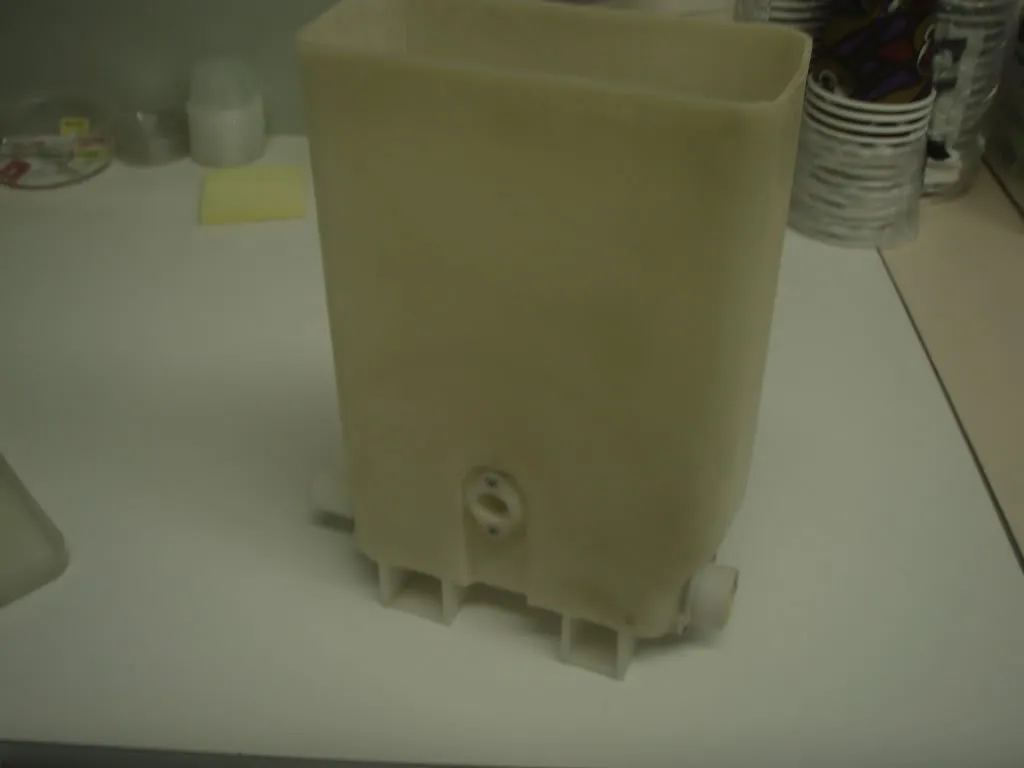
 |
|
#11
|
||||
|
||||
|
I do like the supersaturated method but was warned against it for some reason when I posed a similar question, I will need to dig up the thread that is out there someplace.
A plastic auger wouldn't be that hard to manufacture, what size do you want? |
|
#12
|
||||
|
||||
|
Here are a couple of pics of the hopper I was talking about . Not great but I think you can get the idea.[IMG][IMG][IMG][IMG]
 [/IMG][/IMG][/IMG][/IMG] [/IMG][/IMG][/IMG][/IMG] |
|
#13
|
||||
|
||||
|
Thanks russp, but I am looking for something that i can just buy because i am not that handy man that can make things :-) SAD
|
|
#14
|
|||||
|
|||||
|
Quote:
Like I said this system was used on a reef tank for about a year before the entire system was sold off. No problems occurred during this time. A hopper system isn't really going to work as well as one might hope, it will cost more and can clog up if the salt is exposed to air. Ever left your salt bucket lid off before and ended up with salt bricks? Same deal. Even straight out of the box or bucket salt is often clumpy. Last edited by sphelps; 01-06-2011 at 07:36 PM. |
|
#15
|
|||||
|
|||||
|
I think we've discussed this before and I remember my concern being related to whether the levels of elements would be affected in the saturated salt water. I did monitor the measurable levels in the aquarium which had this system and for the most part they remained stable. The tank didn't have any dosing or supplemental systems so the levels weren't always perfect but did remain within reasonable tolerances. Basically I didn't notice any difference in stability before and after the system was installed.
|
|
#16
|
||||
|
||||
|
This is a little of base but I am looking at having 2- 20 gallon plastic containers one with fresh water and one with high concentration of salt. When water evaporation is detected it acts as a auto top off system filling it with fresh water. When it needs a small water change using 2 salinity meters one in the tank and one detecting the water being mixed it can perform water changes. The system is not that simple but at the same time there is parts that you can purchase from robotic sites that are cheap and easy to hook up to your lap top. Let me know if this already exists and what you think, Don
|
|
#17
|
|||||
|
|||||
|
Quote:
|
|
#18
|
||||
|
||||
|
what about something like this? I used one before and though maybe something along these lines would work?http://www.grasshoppercontrol.com/model62..html
You obviously wouldnt need the engine or blower. The hopper is all plastic, with a electric plastic auger running along the botton, with a gate valve type thing to control the rate into the fan. Cant find a better pic though, sorry |
|
#19
|
||||
|
||||
|
I saw this one yesterday. Don't know how good it is but might be worth a look. http://www.genesisreefsystems.com/categories.php?cat=7
|
|
#20
|
||||
|
||||
|
This was the original thread on RC when I asked the question.
http://www.reefcentral.com/forums/sh....php?t=1623983 I really have no idea how a bucket of salt is produced, but if it all has to be mixed to get all the additives then I can see that being a problem, if one ordered a particular color of paint which came in paint ball size pellets and had to be mixed totally I can see that if a single pellet of black wasn't mixed with the rest of the tub and small portions were mixed frequently then one of the batches of paint is going to be very different. If however the components in the bucket are a multiple of tiny amounts mixing short batches shouldn't be a problem. This begs the question, is it OK to split a pail of salt with your friend? Last edited by golf nut; 01-07-2011 at 12:43 AM. |